Climate Models Are Running Red Hot, and Scientists Don’t Know Why (Bloomberg) - "The simulators used to forecast warming have suddenly started giving us less time."
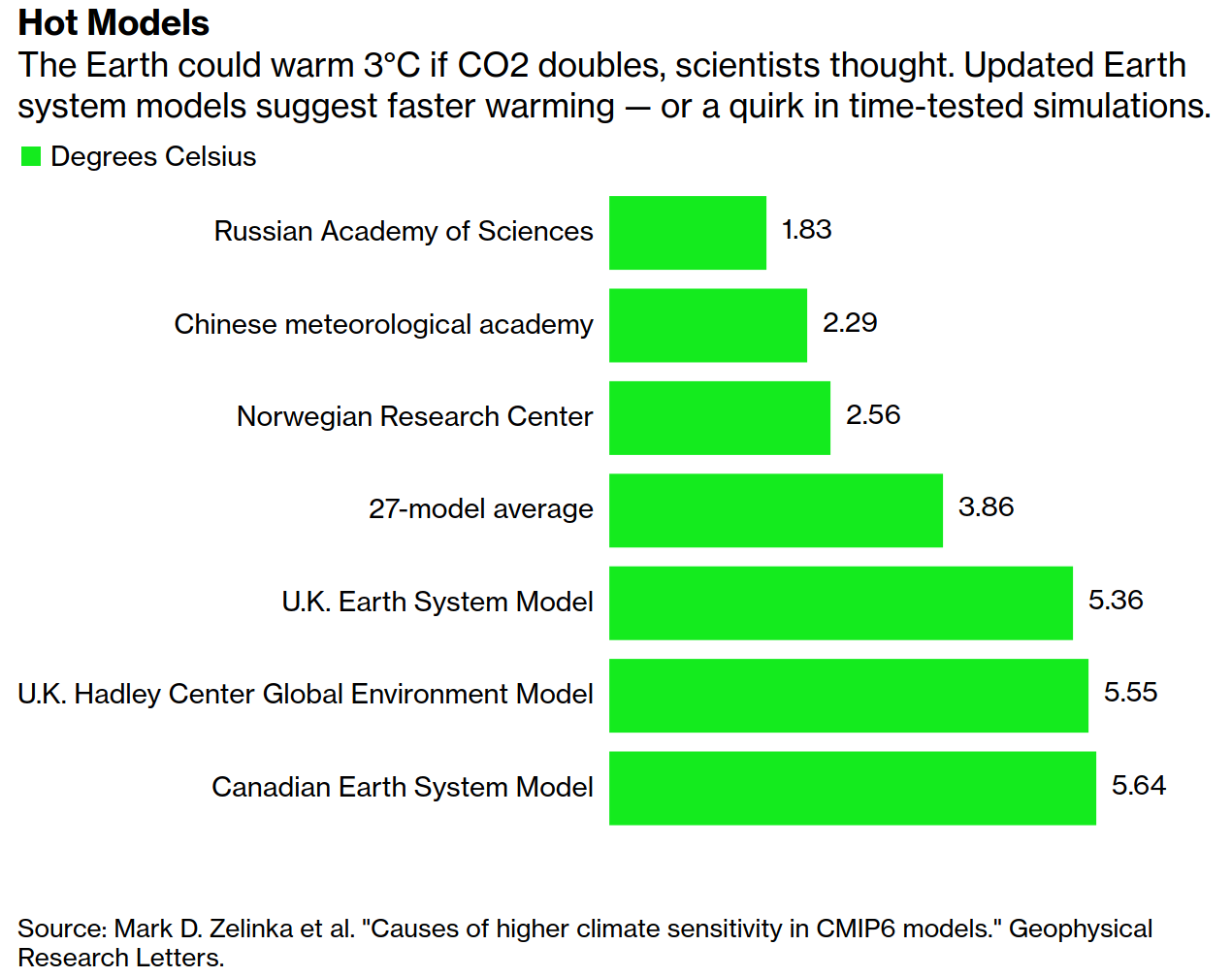
Climate Models Are Running Red Hot, and Scientists Don’t Know Why (Bloomberg) - "The simulators used to forecast warming have suddenly started giving us less time."


Otto Rössler (1940) is a German biochemist known for his work on chaos theory and the theoretical equation known as the Rössler attractor. Rössler has authored hundreds of scientific papers in fields as wide-ranging as biogenesis, the origin of language, differentiable automata, chaotic attractors, endophysics, micro relativity and artificial universes. In 2008, Rössler publicly criticized the Large Hadron Collider experiment in Geneva and was involved in a failed lawsuit to halt it.
"In mathematics, the Feigenbaum constants are two mathematical constants which both express ratios in a bifurcation diagram for a non-linear map. They are named after the physicist Mitchell J. Feigenbaum. Feigenbaum originally related the first constant to the period-doubling bifurcations in the logistic map, but also showed it to hold for all one-dimensional maps with a single quadratic maximum. As a consequence of this generality, every chaotic system that corresponds to this description will bifurcate at the same rate: 4.66920.."
This equation will change how you see the world - Veritasium on Fractals, Chaos & Bifurcation.
You thought quantum mechanics was weird: check out entangled time (aeon)
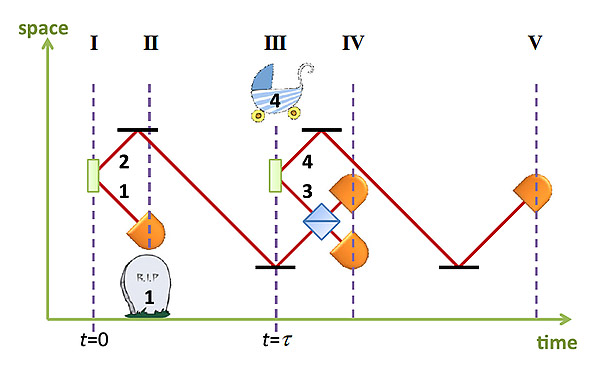
Up to today, most experiments have tested entanglement over spatial gaps. The assumption is that the ‘nonlocal’ part of quantum nonlocality refers to the entanglement of properties across space. But what if entanglement also occurs across time? Is there such a thing as temporal nonlocality? The answer, as it turns out, is yes.
Is there evolution of consciousness? J. Krishnamurti & David Bohm in conversation (1983)
Musica Universalis is an ancient philosophical concept that regards proportions in the movements of celestial bodies—the Sun, Moon & planets—as a form of music. This "music" is not thought to be audible, but rather a harmonic, mathematical or religious concept.

Intuitionism in the Philosophy of Mathematics
Intuitionism is a philosophy of mathematics that was introduced by the Dutch mathematician L.E.J. Brouwer (1881–1966). Intuitionism is based on the idea that mathematics is a creation of the mind. The truth of a mathematical statement can only be conceived via a mental construction that proves it to be true, and the communication between mathematicians only serves as a means to create the same mental process in different minds.
About the Future of Engineering - by Hans Konstapel (2020)
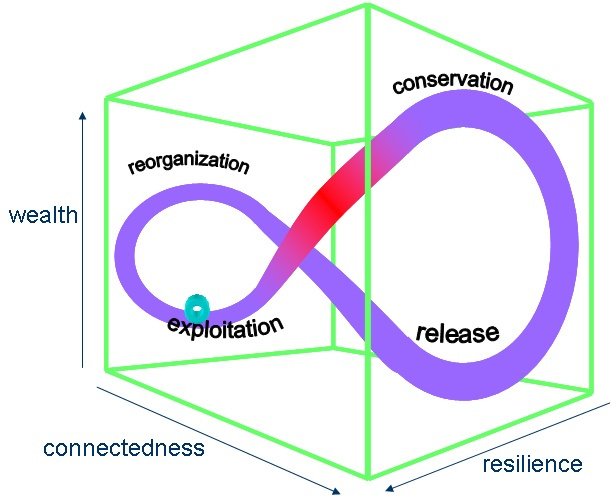

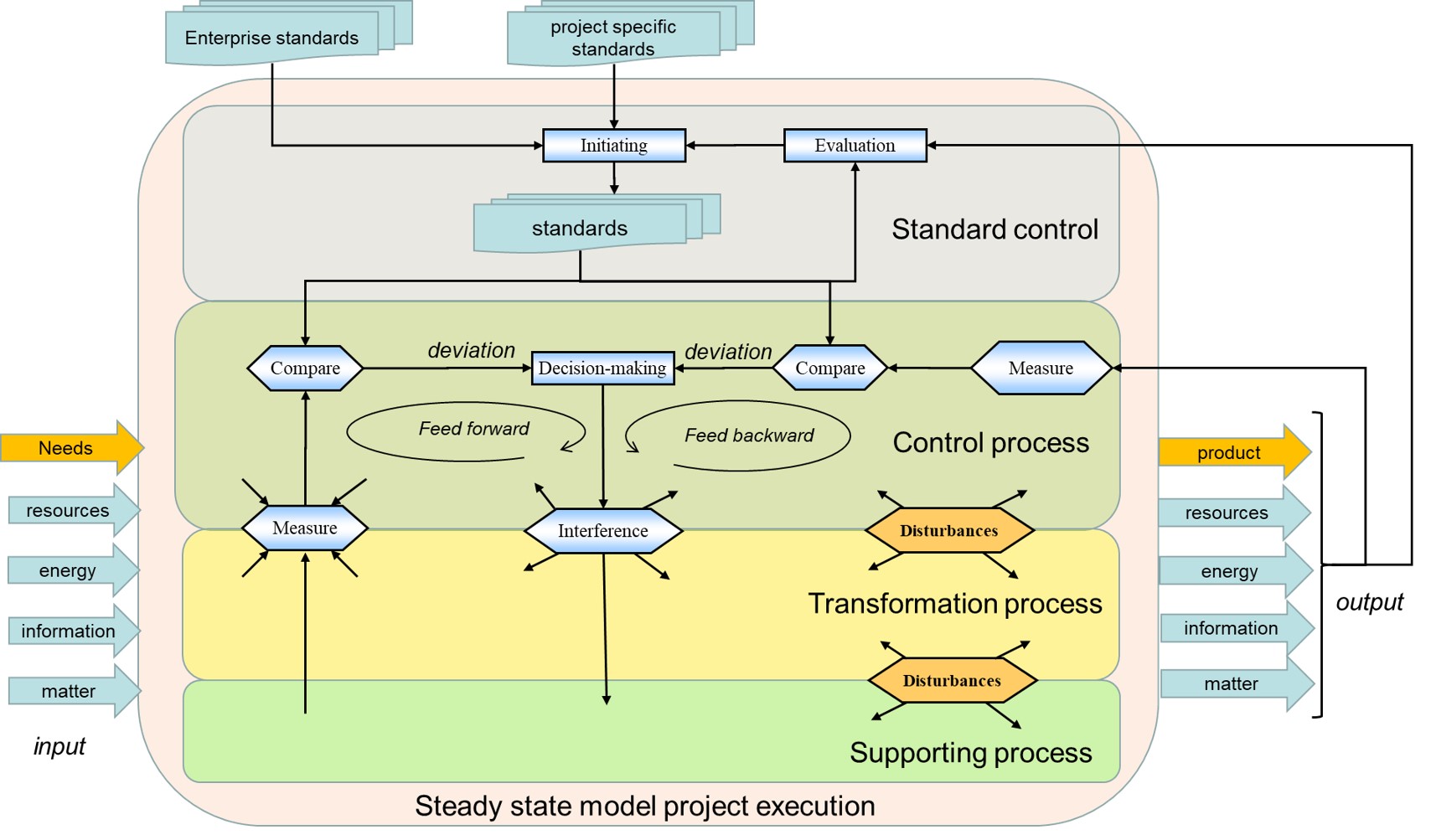
About Entrainment - by Hans Konstapel (2010)

#Complexity #Systems #Science #Generative #Regenerative #Philosophy
Podcast: Introduction to Systems Processes with Len Troncale (2011) (Download / Alt)
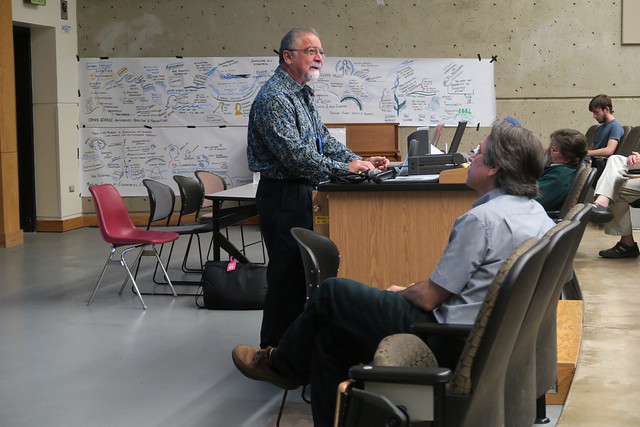
This is an interview concerning the Systems Science approach of Len Toncale, an American biologist, Professor of Cellular and Molecular Biology, and former Director of the Institute for Advanced Systems Studies at the California State Polytechnic University. The interviewer believes that this is the closest thing to a Systems Knowledge base that could be the basis of a Systems Engineering curriculum.
Related: Troncale's site features & links to many open-access papers, such as "Systems Processes and Pathologies: Creating An Integrated Framework for Systems Science" (2013)
Related: Setting Off To Nowhere - Search For A Deeper Theory Of Everything - by K.D. Palmer, dedicated to Len Troncale and inspired by this podcast.
Nano antennas for data transfer (2020, University of Würzburg)
For the first time, physicists have successfully converted electrical signals into photons and radiated them in specific directions using a low-footprint optical antenna that is only 800 nanometers in size.
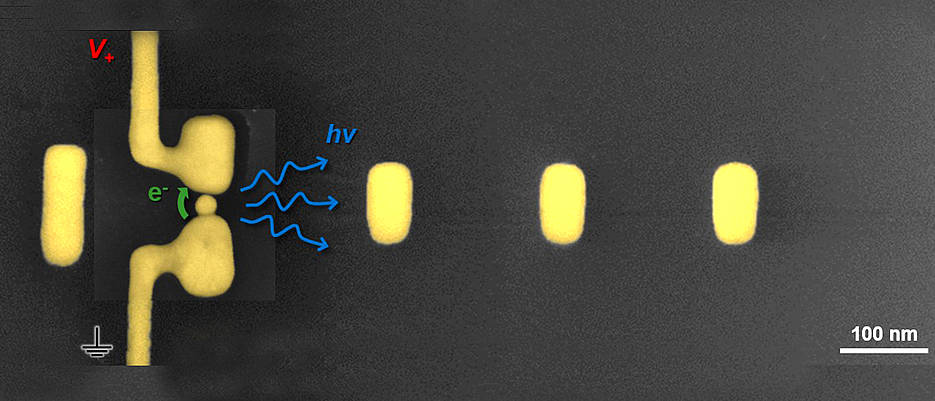
Solar Cycle 25 Forecast (NOAA)
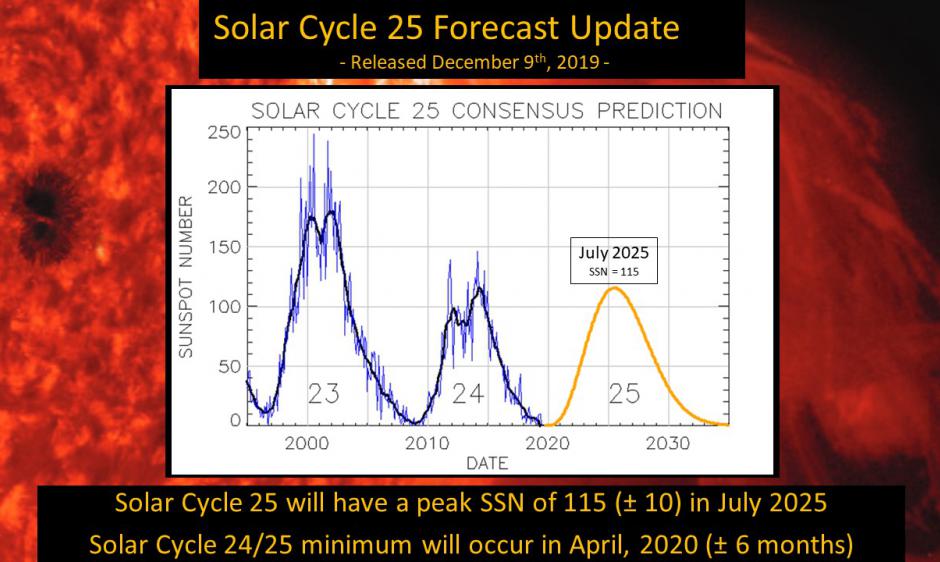
First new sunspots in 40 days herald coming solar cycle (space.com)

Researchers discover a new source of space weather – too close to home
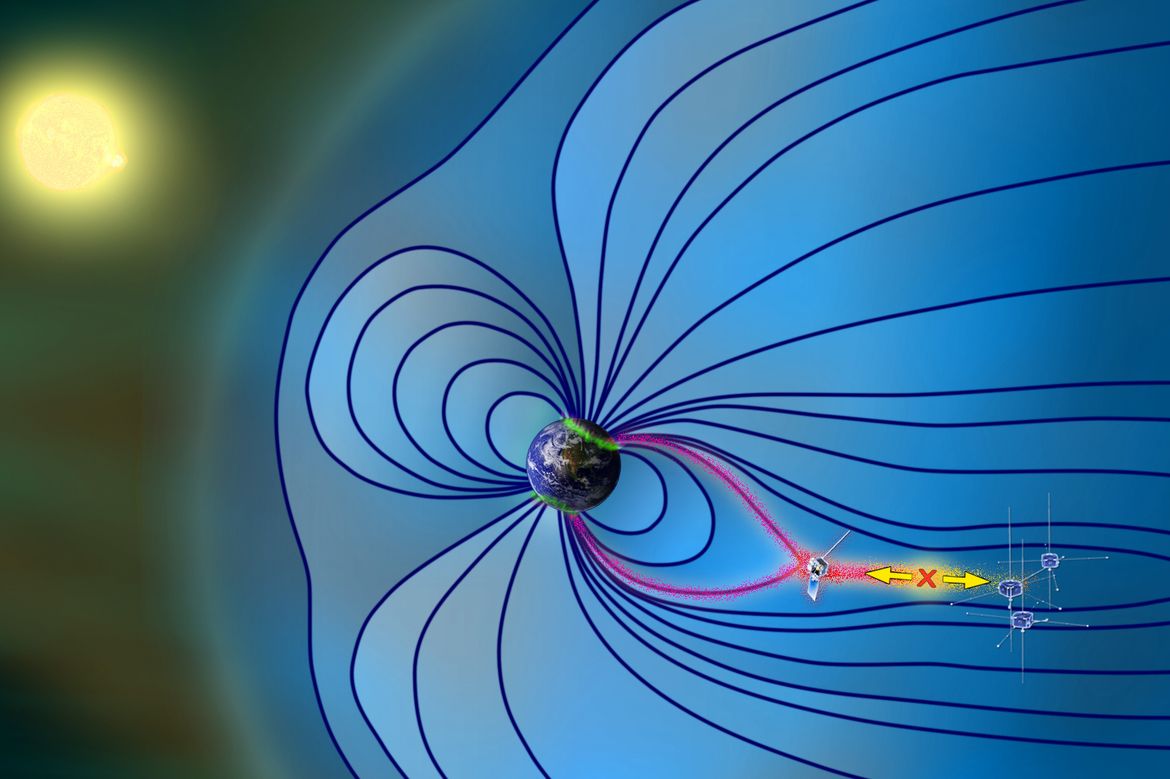
Alexander Chizhevsky (1897 - 1964) was a Soviet-era interdisciplinary scientist, a biophysicist who founded "heliobiology" (study of the sun's effect on biology) and "aero-ionization" (study of effect of ionization of air on biological entities). He also was noted for his work in "cosmo-biology", biological rhythms and hematology." He may be most notable for his use of historical research techniques (historiometry) to link the 11-year solar cycle, Earth’s climate and the mass activity of peoples.
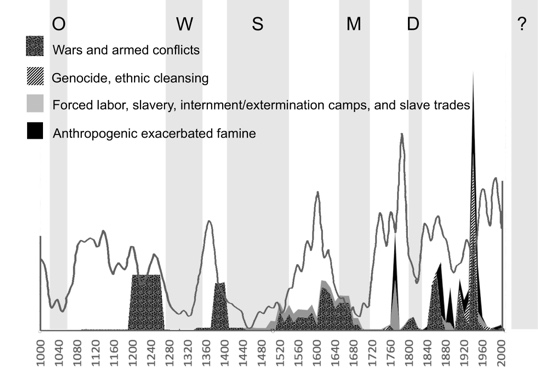

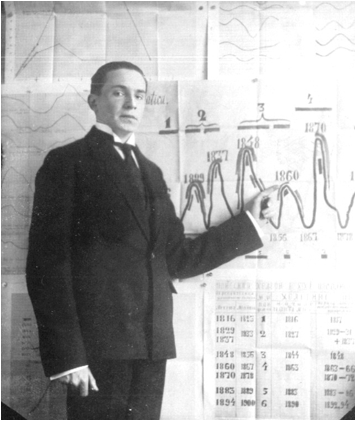
Book: The Role of the Sun in Climate Change - by Douglas V. Hoyt & Kenneth H. Schatten (Oxford University Press, 2007) (PDF)
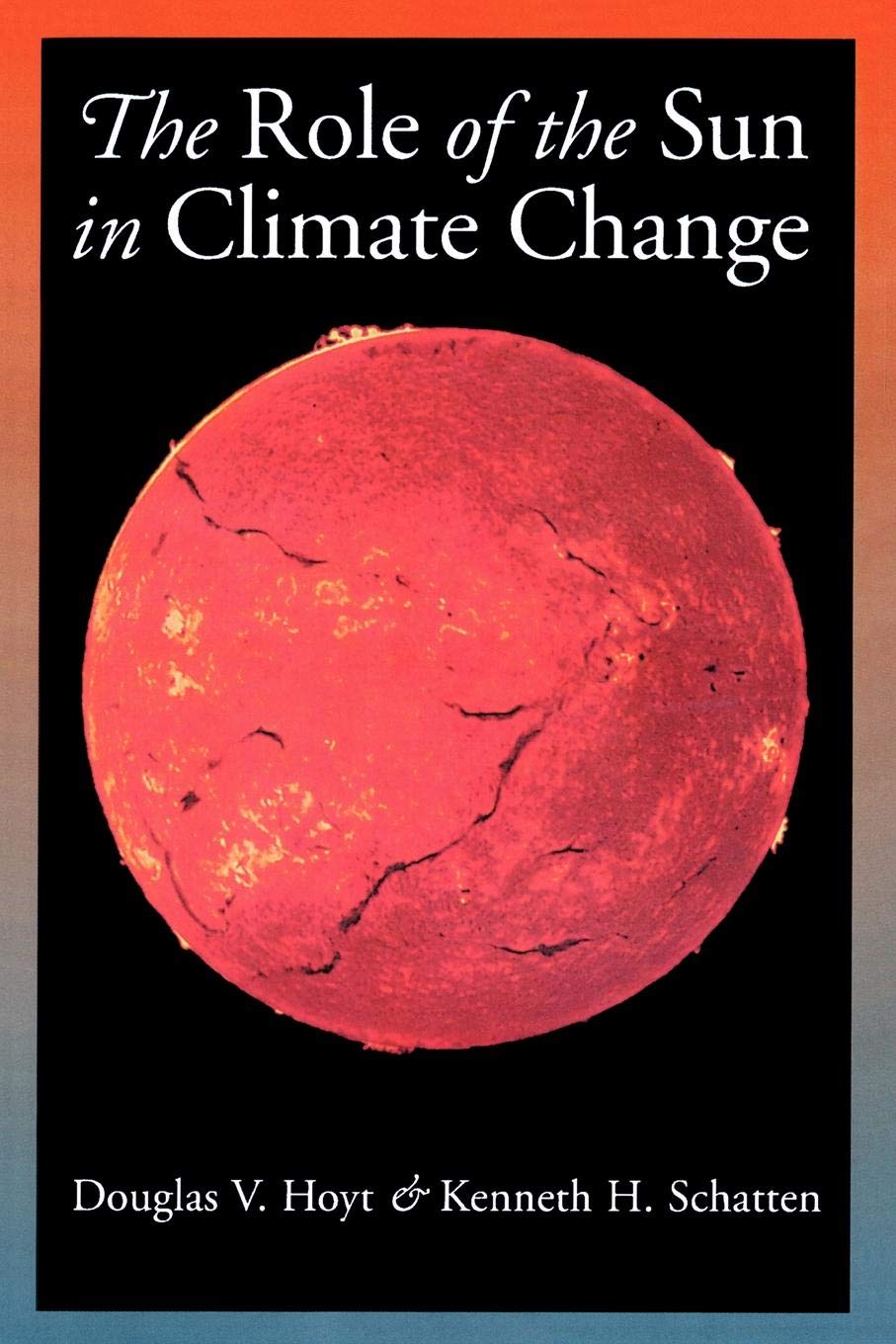
Book starts with this paragraph: "About 400 years before the birth of Christ, near Mt. Lyscabettus in ancient Greece, the pale orb of the sun rose through the mists. According to habit, Meton recorded the sun’s location on the horizon. In this era when much remained to be discovered, Meton hoped to find predictable changes in the locations of sunrise and moonrise. Although rainy weather had limited his recent observations, this foggy morning he discerned specks on the face of the sun, the culmination of many such blemishes in recent years. On a hunch, Meton began examining his more than 20 years of solar records. These seemed to confirm his belief: when the sun has spots, the weather tends to be wetter and rainier."
Influence Of Solar Activity On State Of Wheat Market In Medieval England - research by Lev A. Pustilnik & Gregory Yom Din
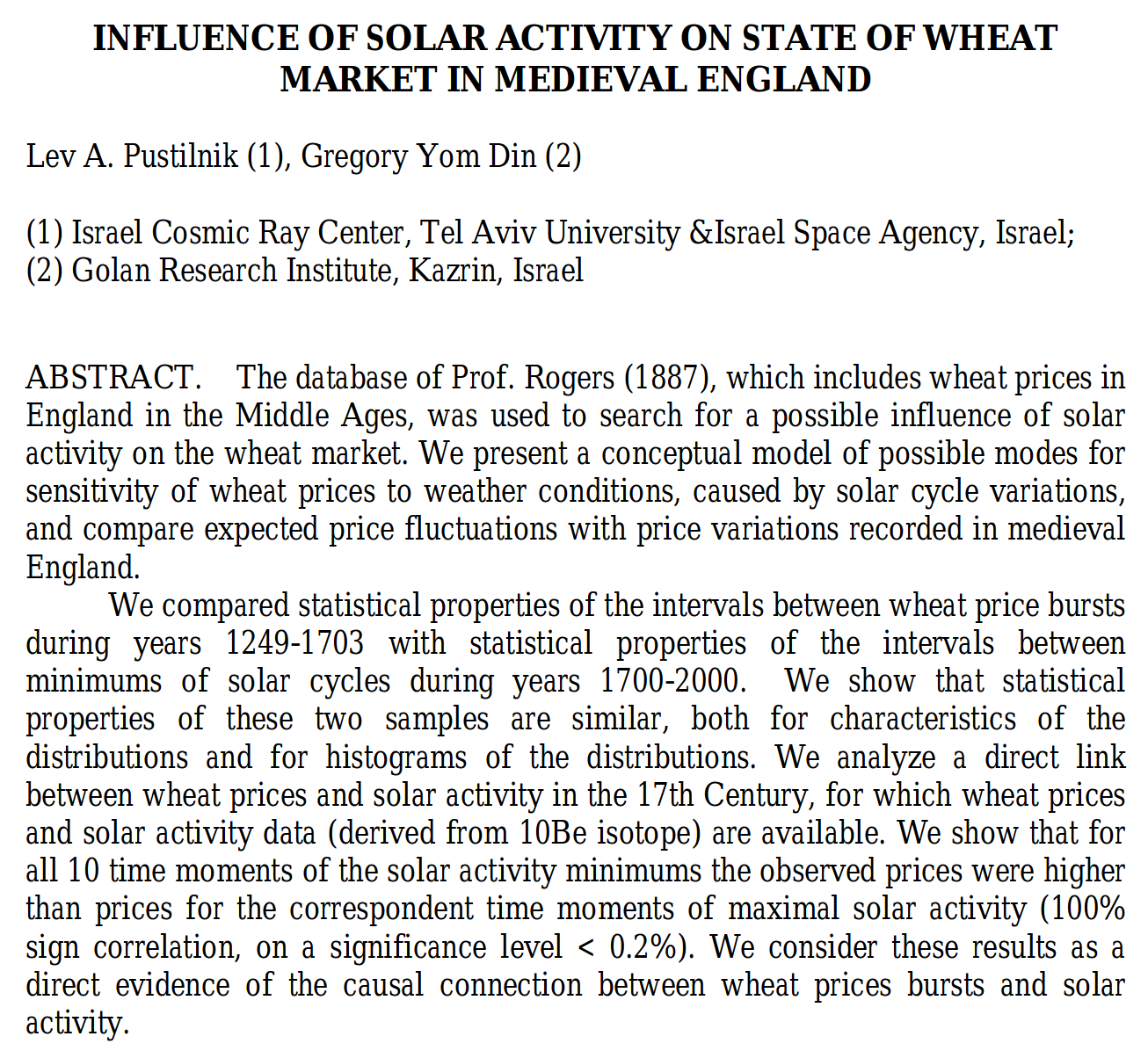
A possible relationship between spectral bands in sunspot number and the space-time organization of our planetary system - by Schwentek & Elling (1984).
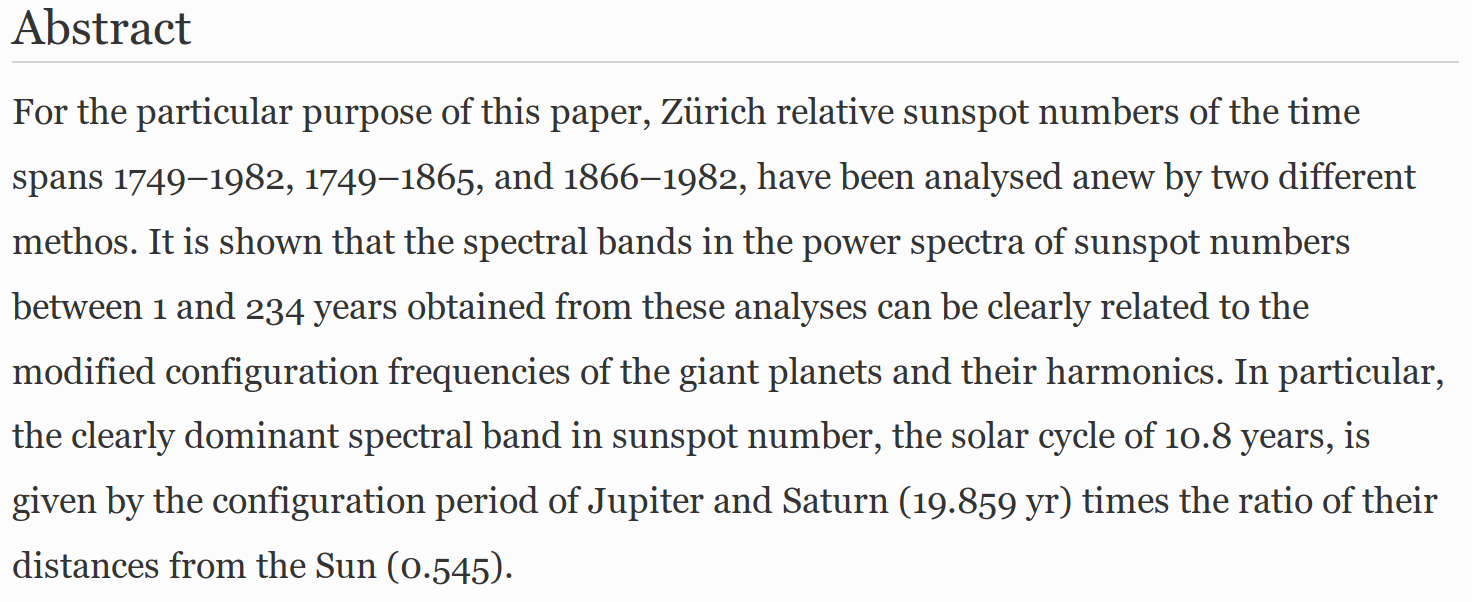
On the origin of solar cycle periodicity - by Attila Grandpierre (1996)

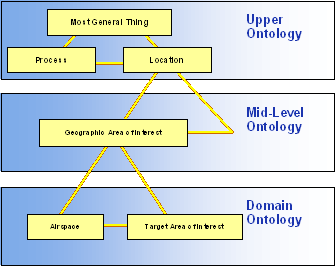
"In information science, an upper ontology is an ontology which consists of very general terms (such as "object", "property", "relation") that are common across all domains. An important function of an upper ontology is to support broad semantic interoperability among a large number of domain-specific ontologies. Terms in the domain ontology are ranked under the terms in the upper ontology, e.g., the upper ontology classes are superclasses or supersets of all the classes in the domain ontologies."

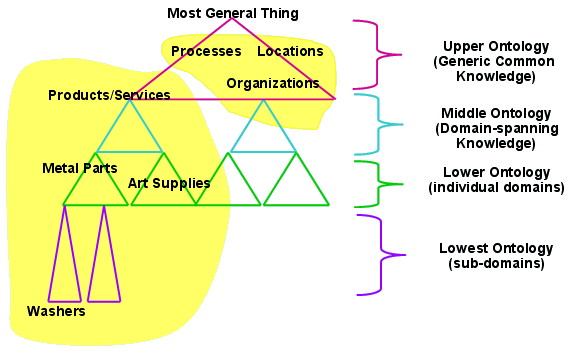
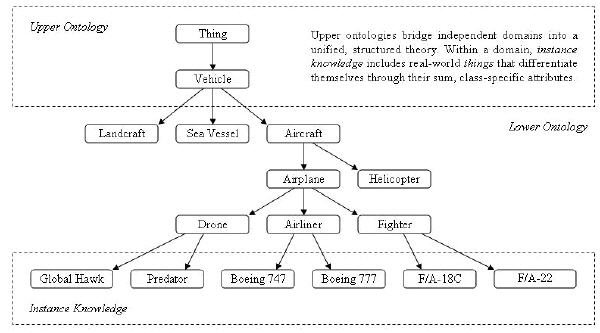
Image from the presentation "Semantic Web Technologies - Ontological Engineering"
Talk on Indian philosophy by Swāmī Agehānanda Bhāratī (Leopold Fischer) (1978)
He clearly lays out the argument, that the Indian "philosophy" (a western term, inadequate to describe Hinduism, Buddhism, etc.) tradition is at its core therapeutic, not scientific - yet it still uses scientific techniques (many of which it pioneered: logic, epistemology, etc.).

The Navya-Nyāya darśana (system/school) of Indian logic and philosophy was founded in the 13th century by the philosopher Gangeśa Upādhyāya. Other influences were the work of earlier philosophers Vācaspati Miśra (900–980 CE) and Udayana (10th century). Nyaya means correct thinking with proper arguments & valid reasoning. Its goal is “acquiring knowledge of the reality”. It remained active in India to the 18th century.
Introduction to Knowledge Representation and Navya Nyaya - by Dr. Shrinivasa Varakhedi

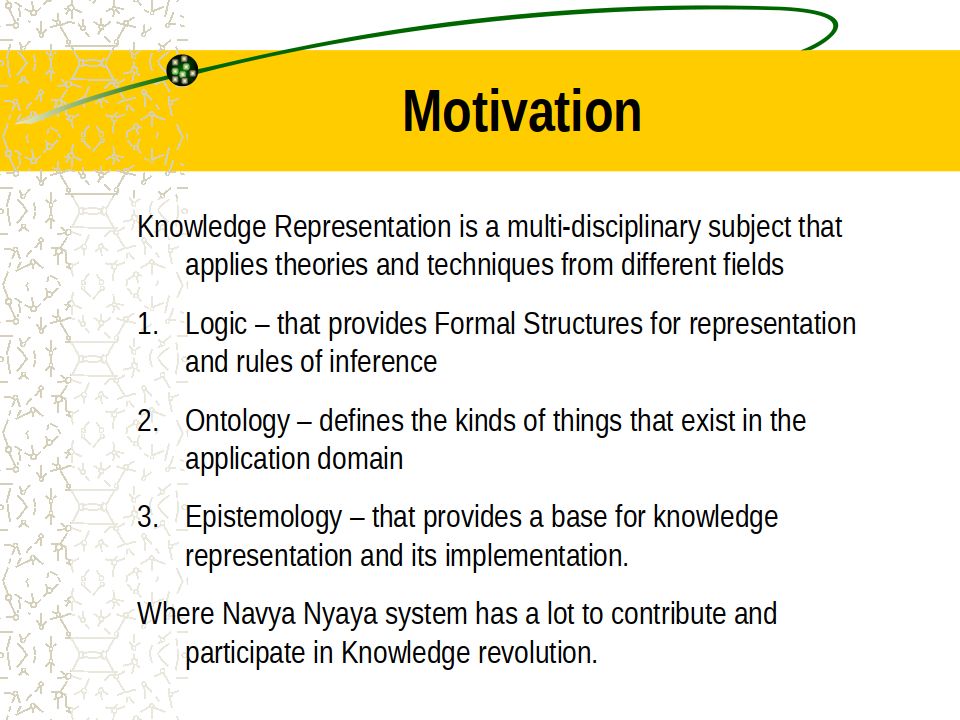
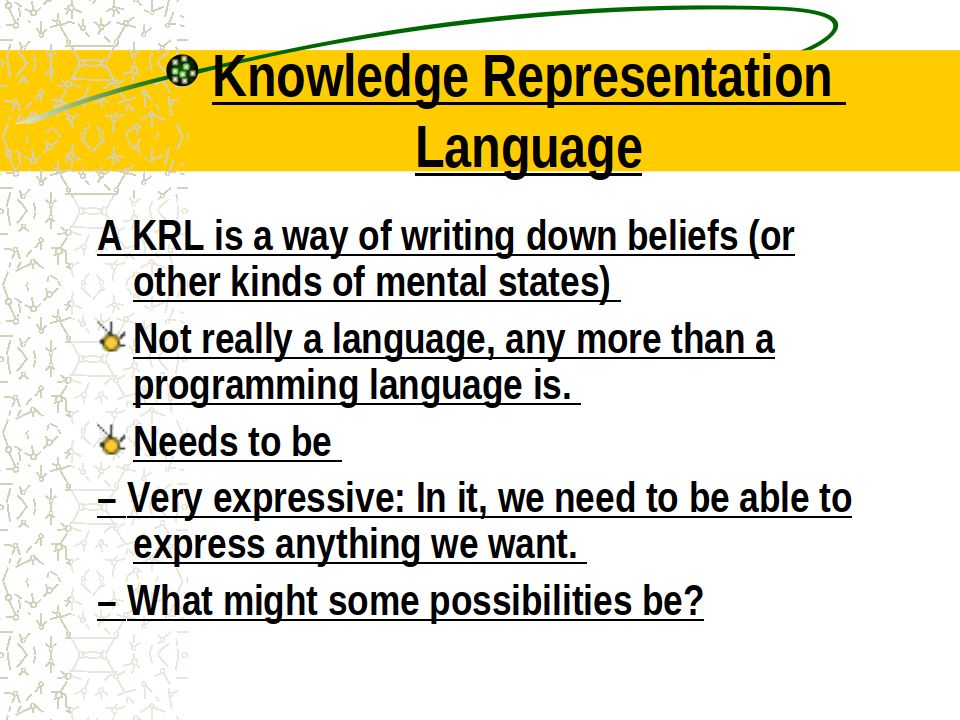
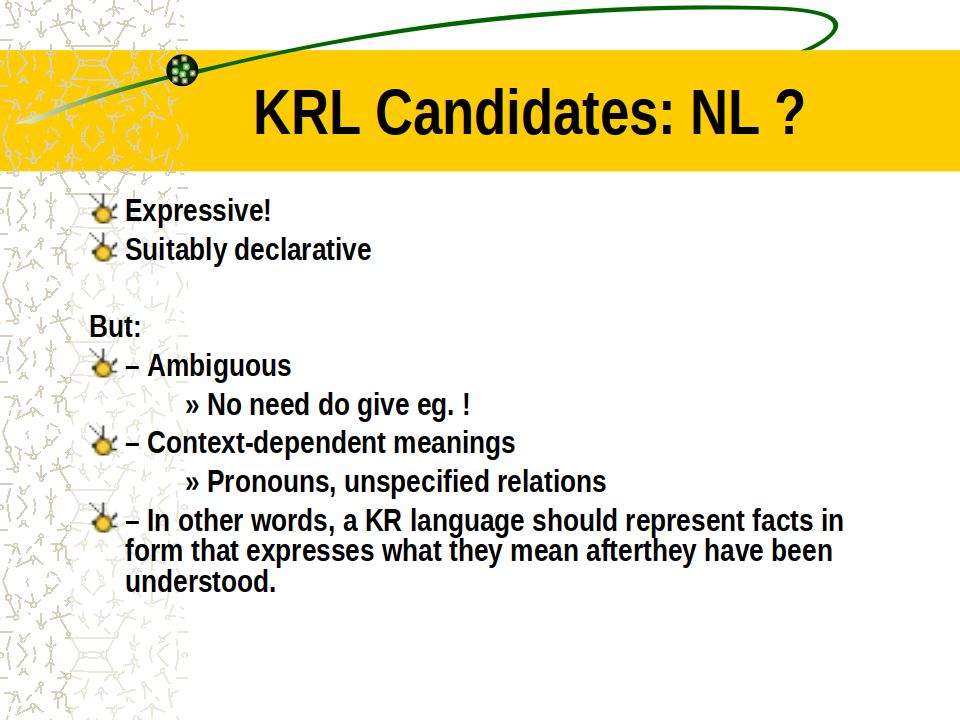

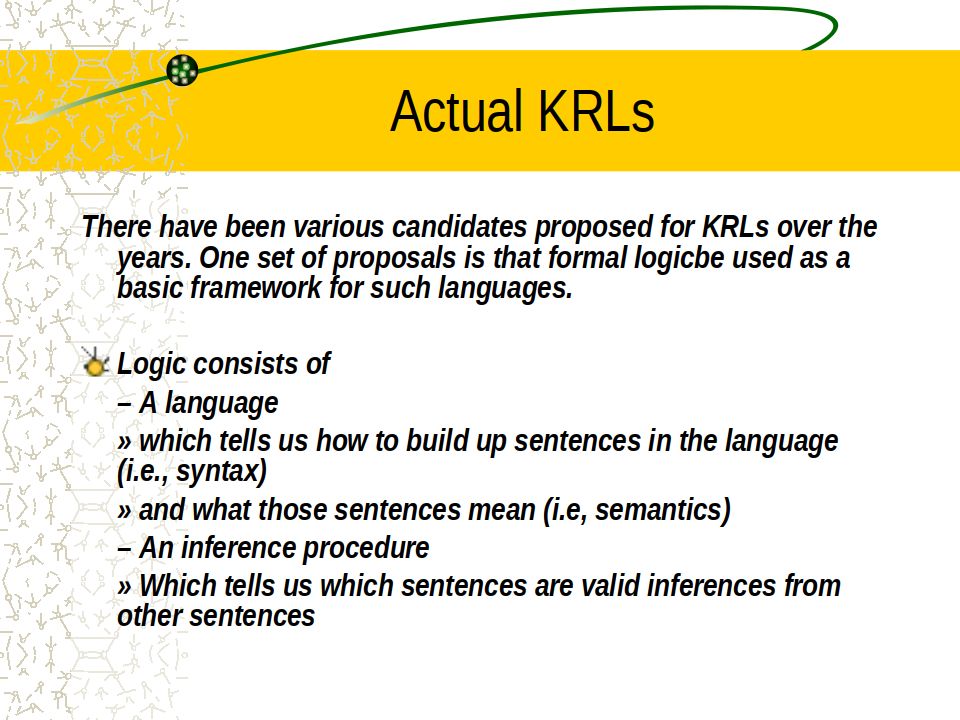
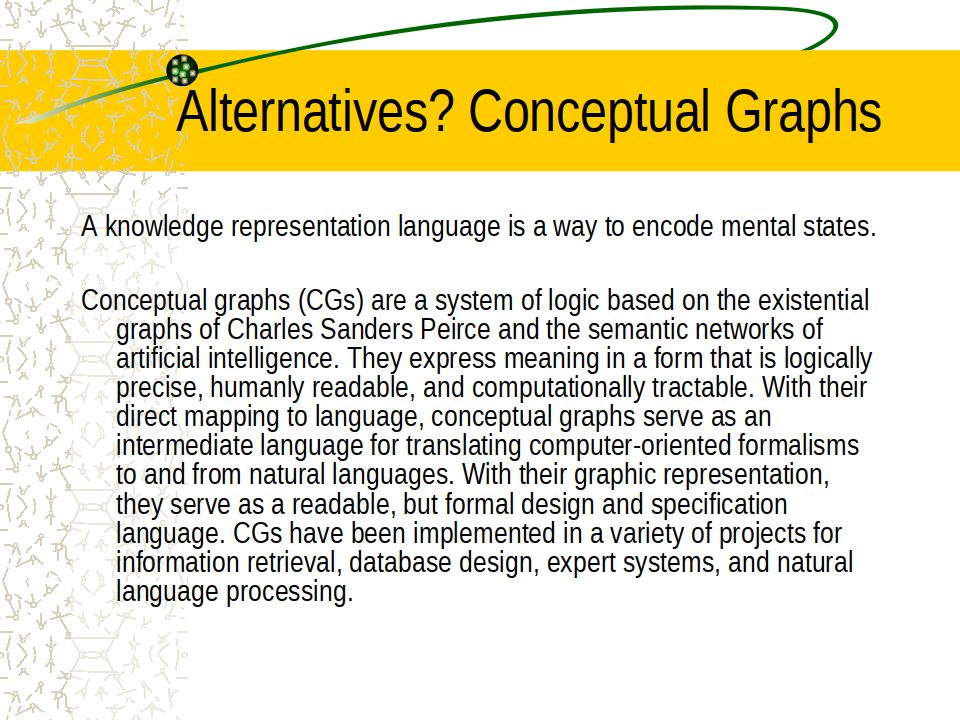
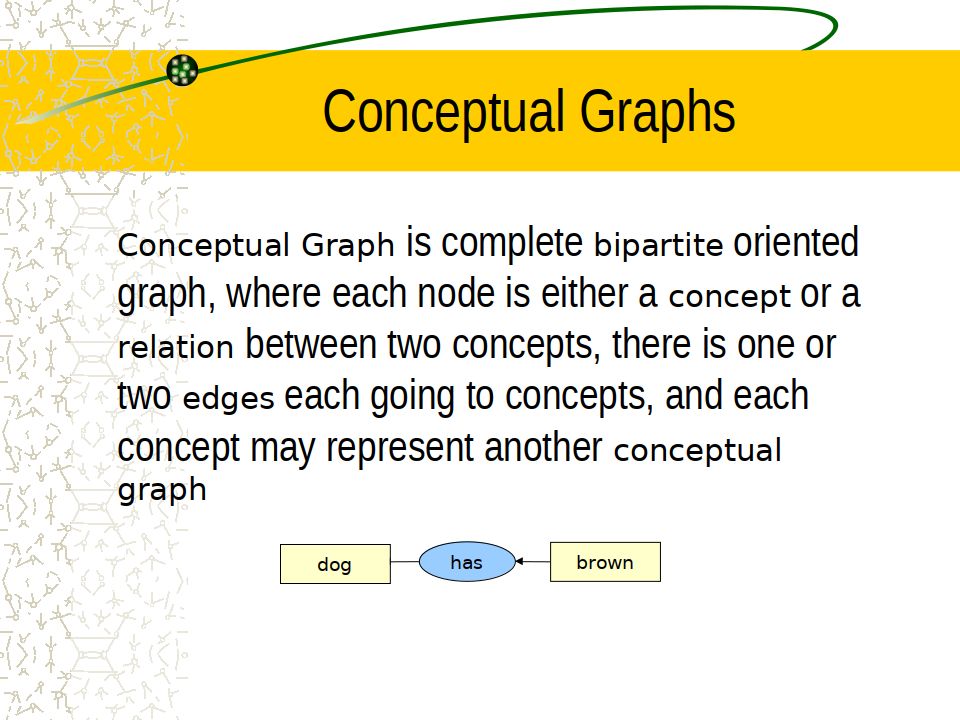
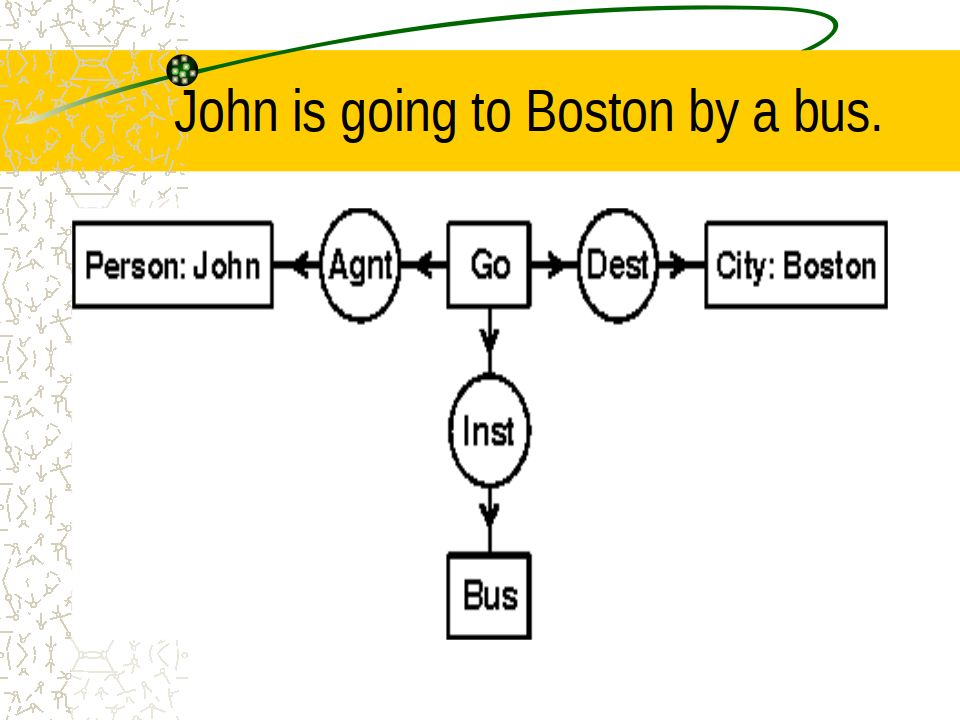
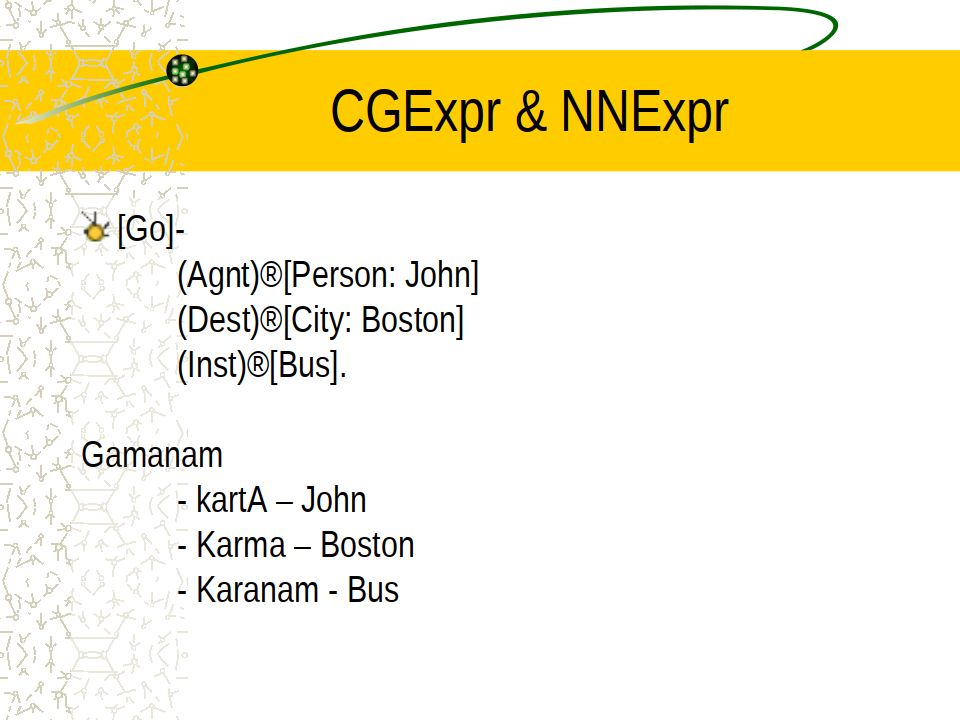
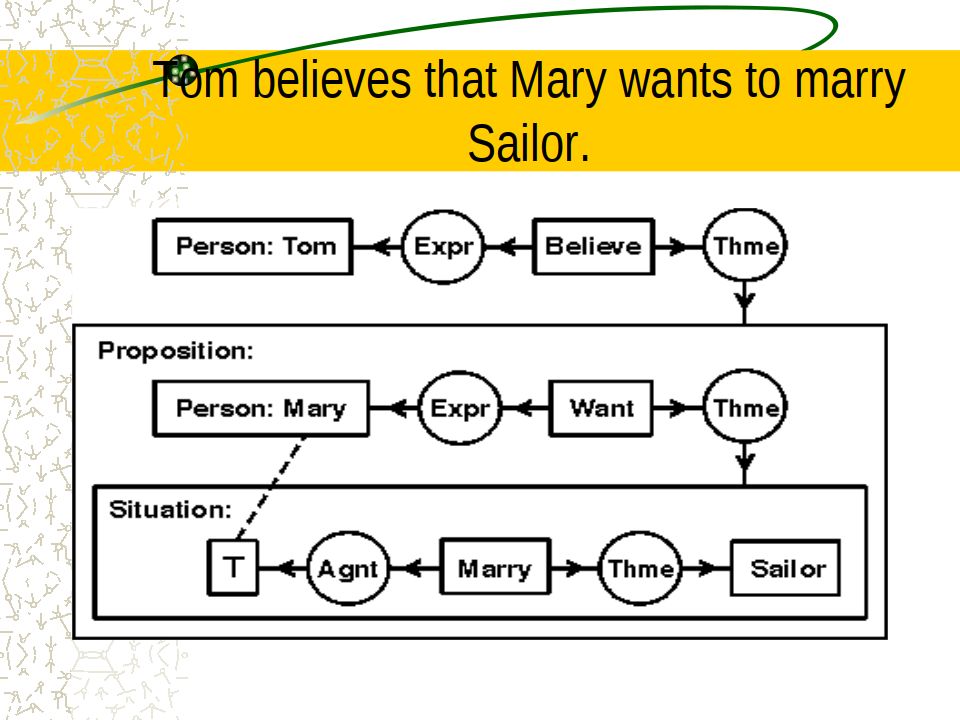

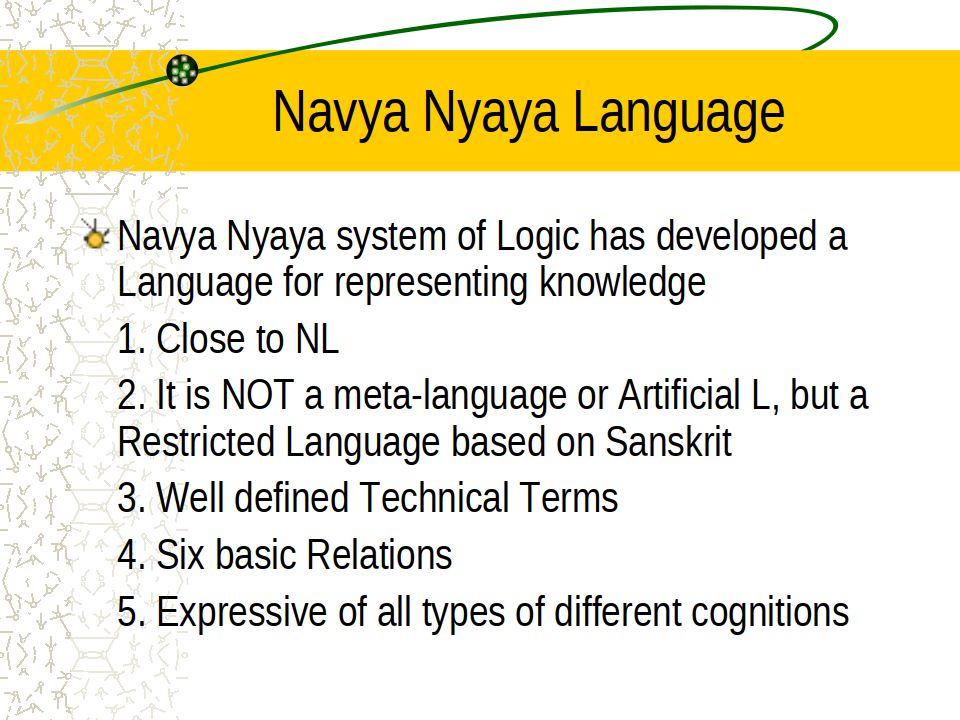
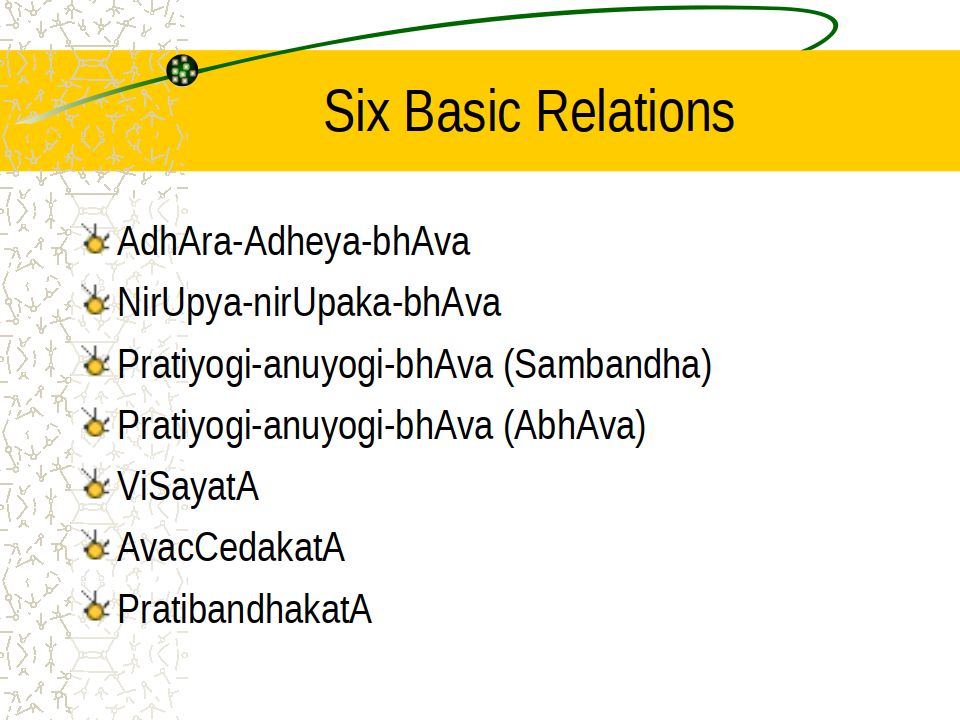

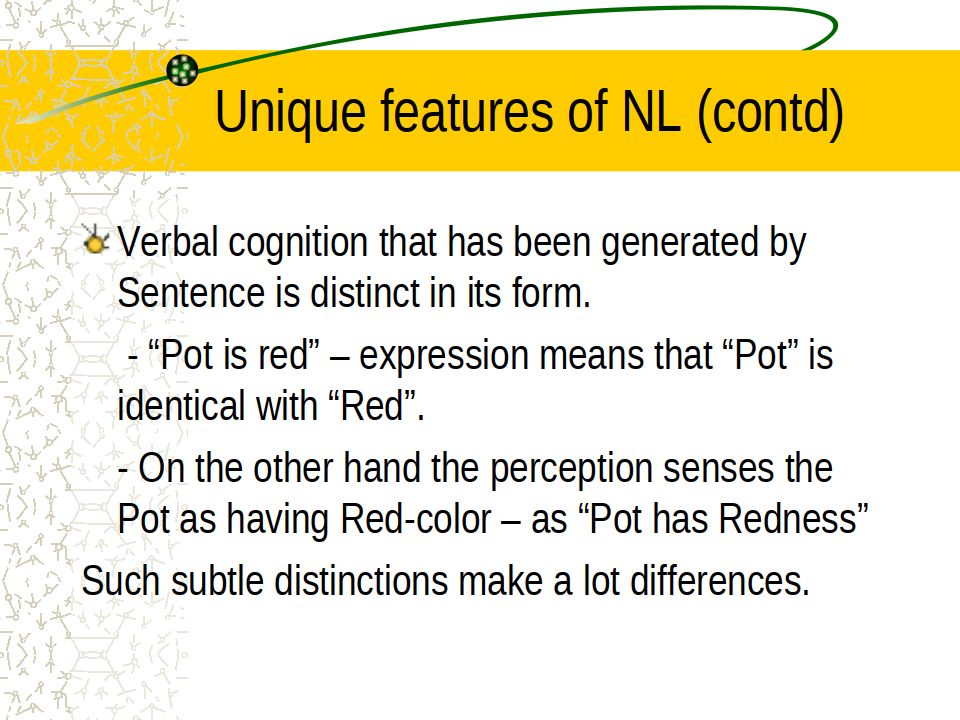
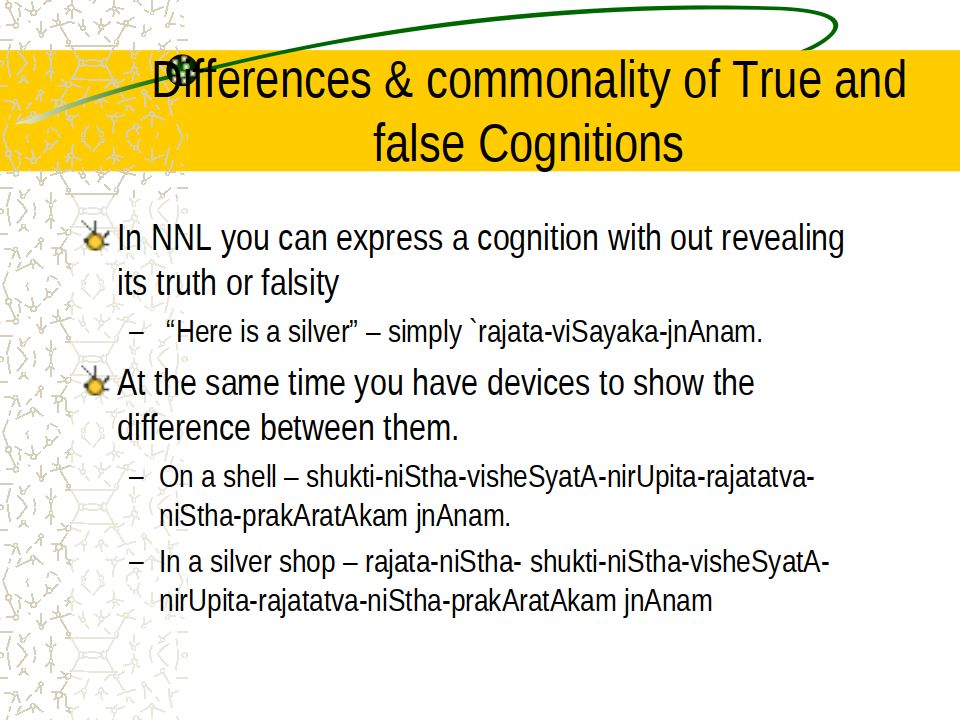
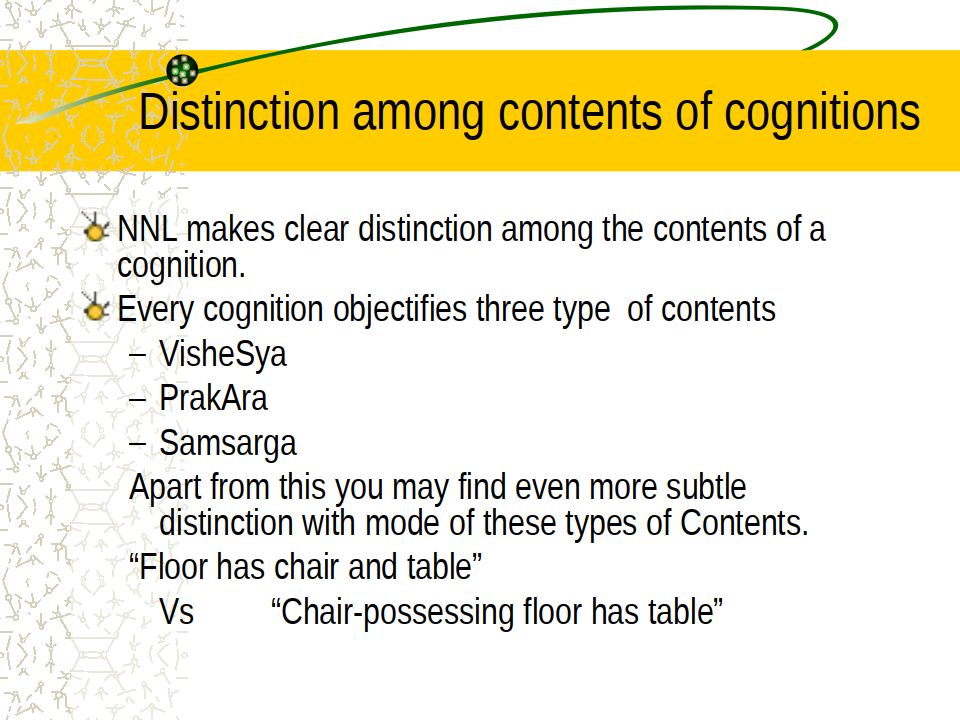
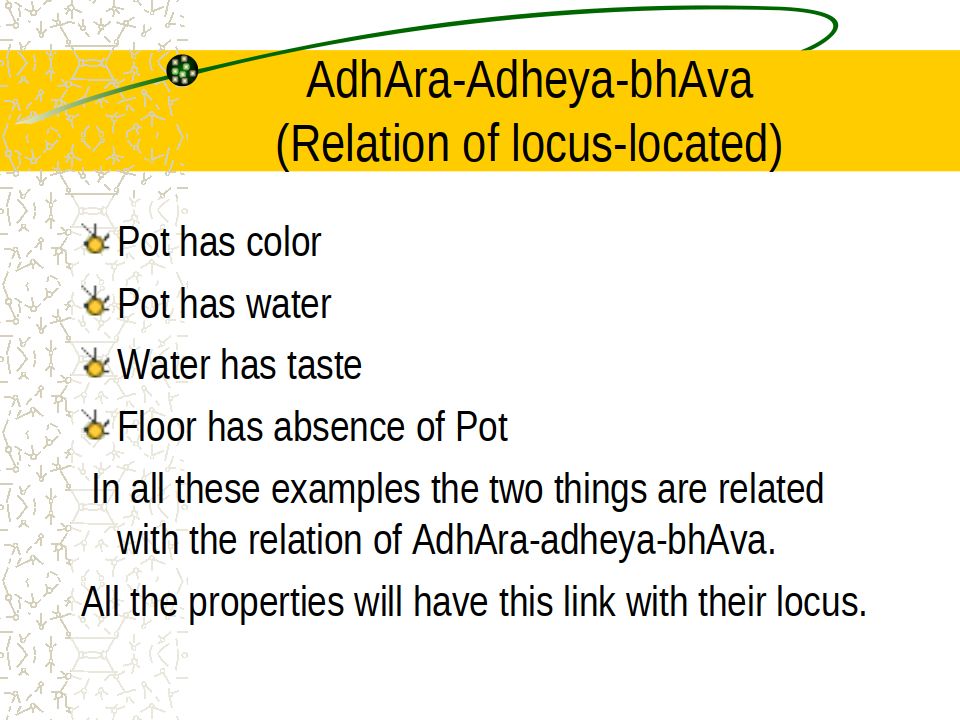
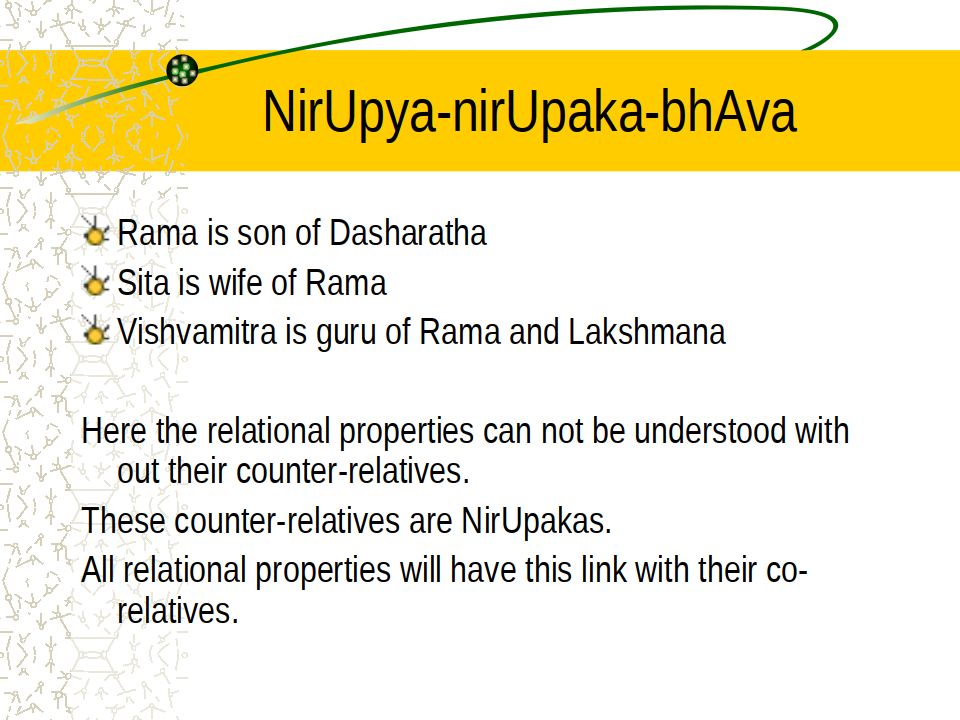
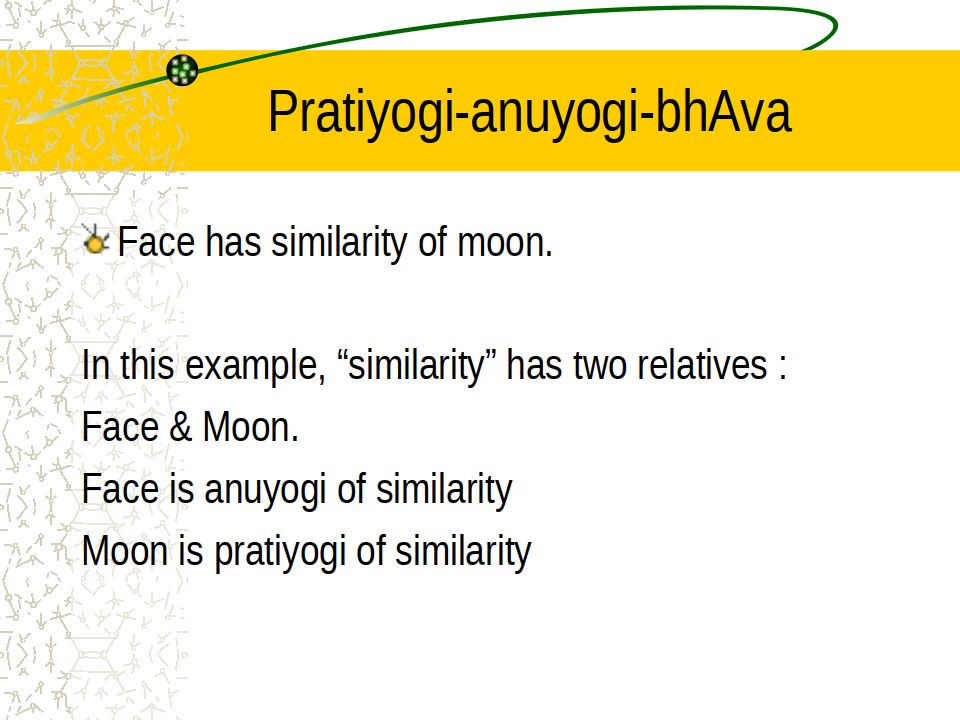
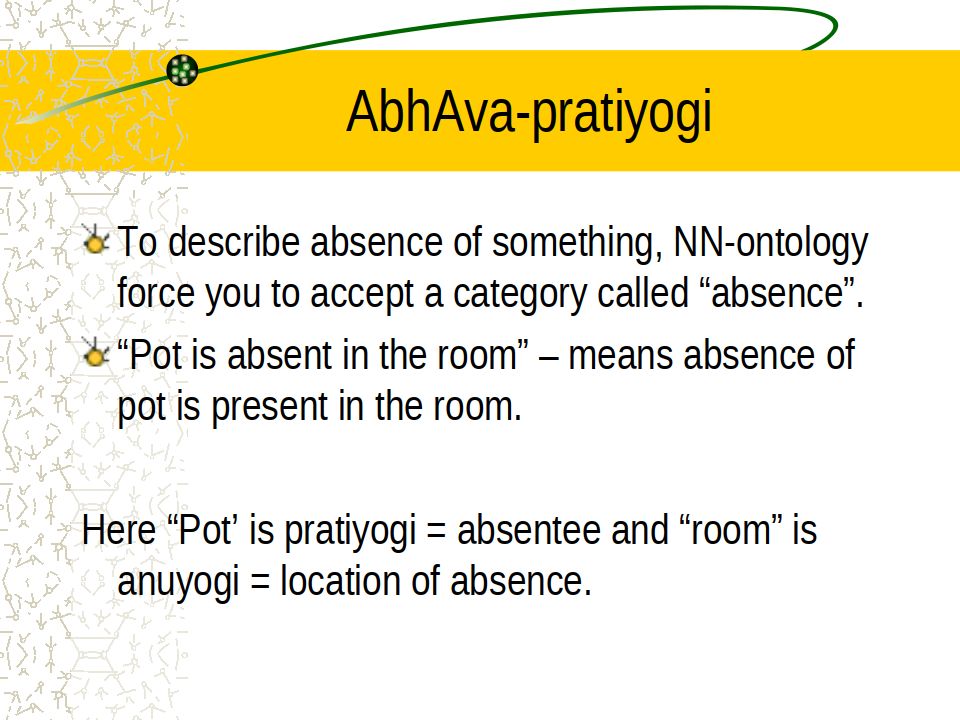
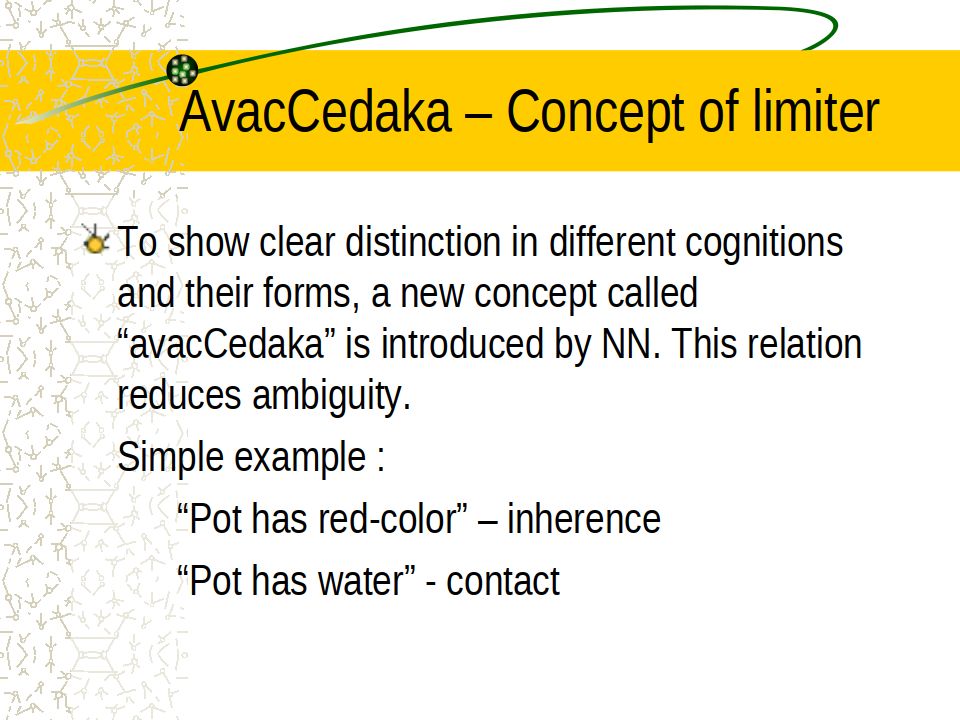
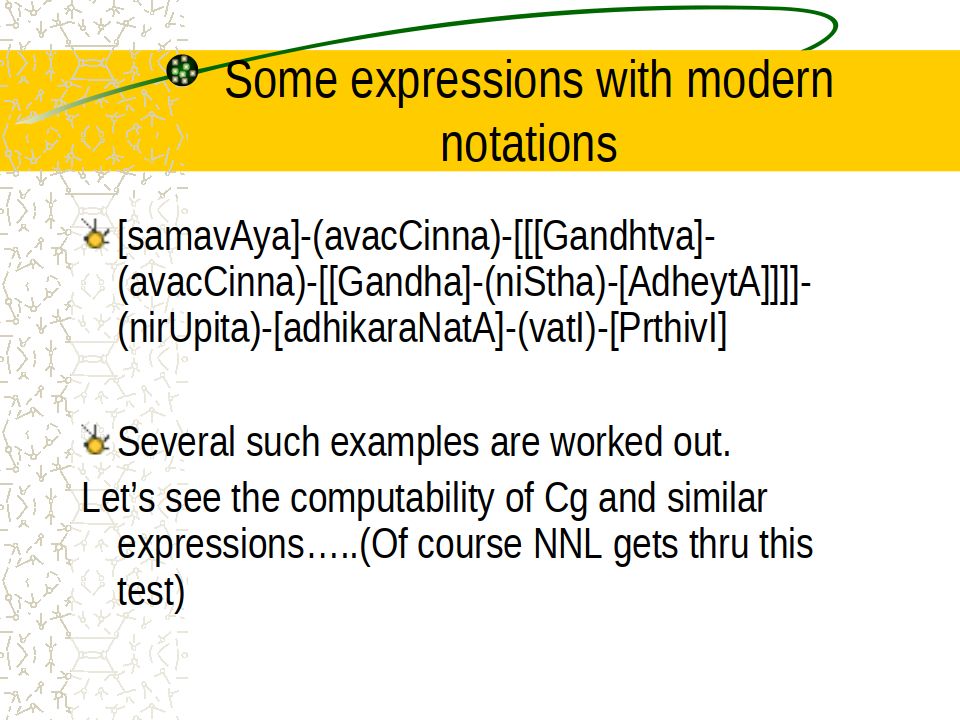
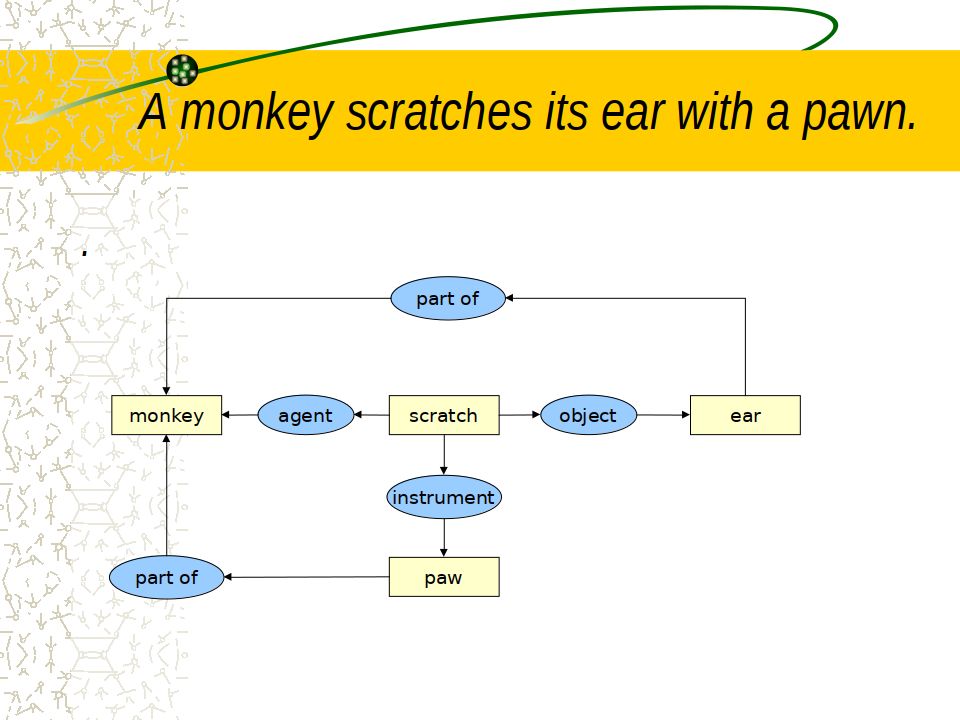
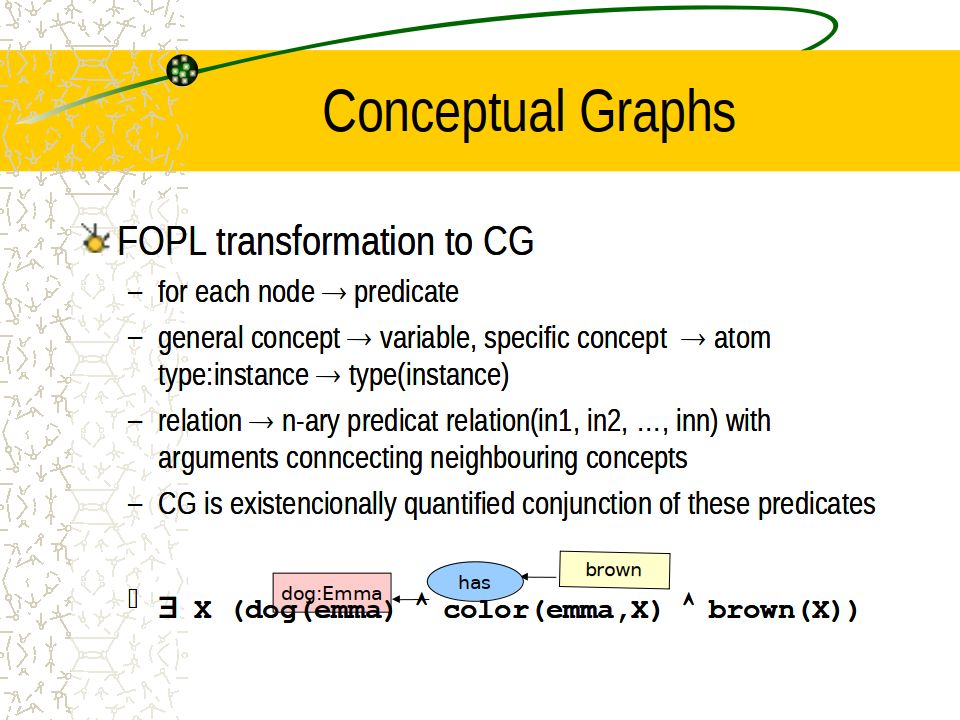
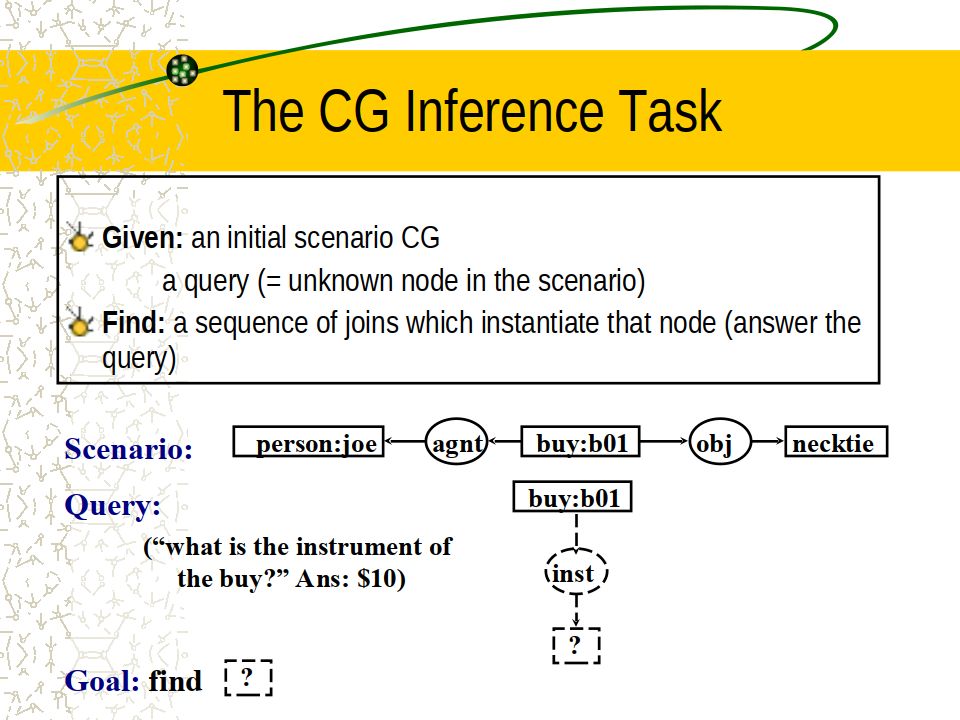
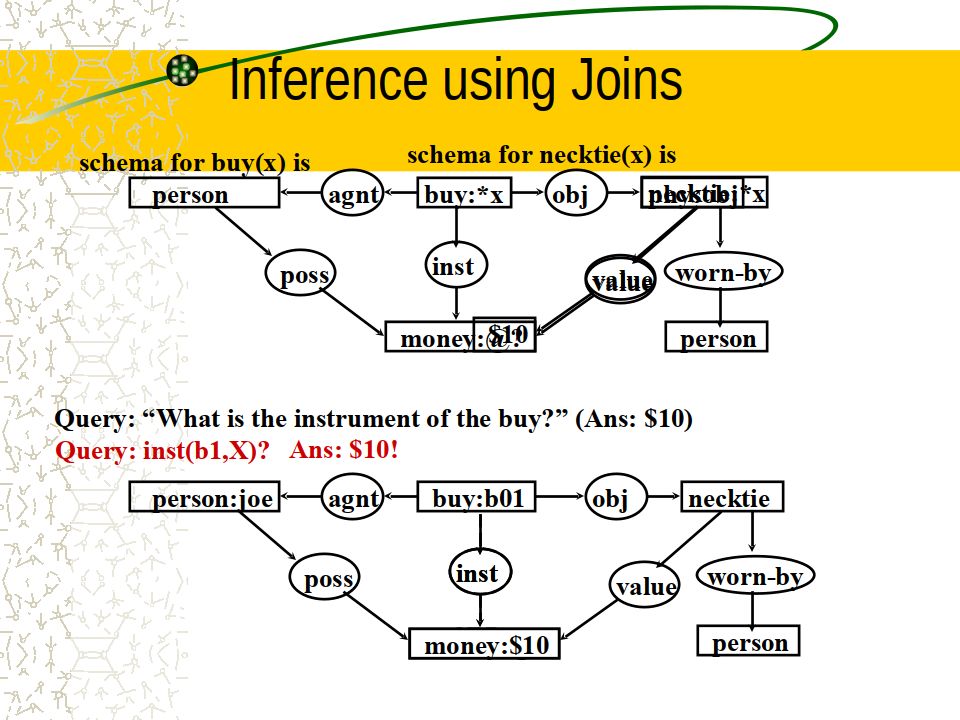
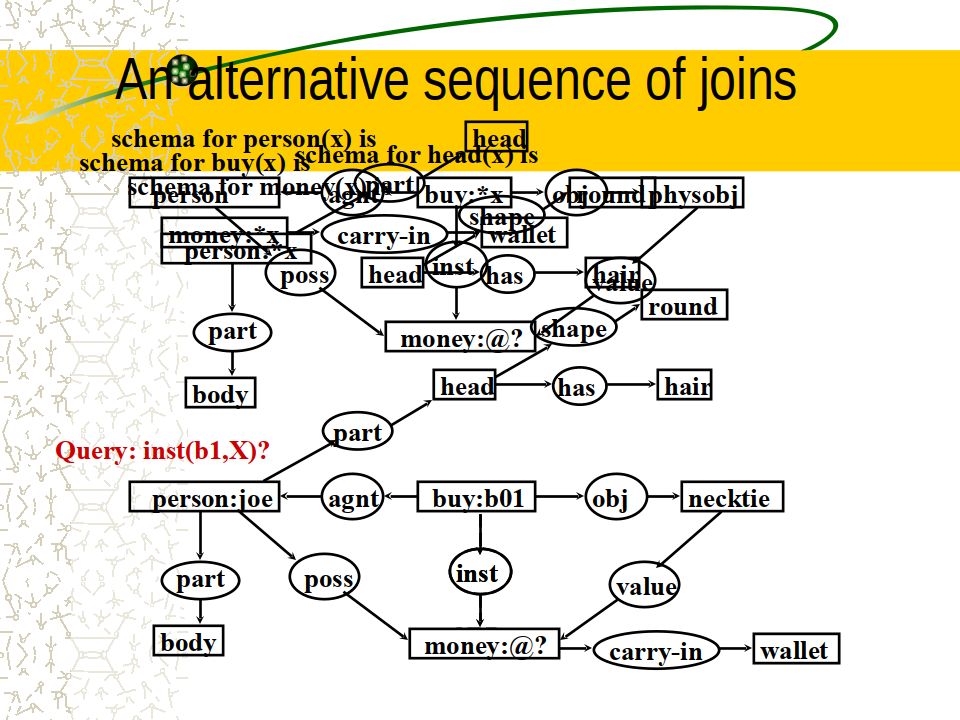

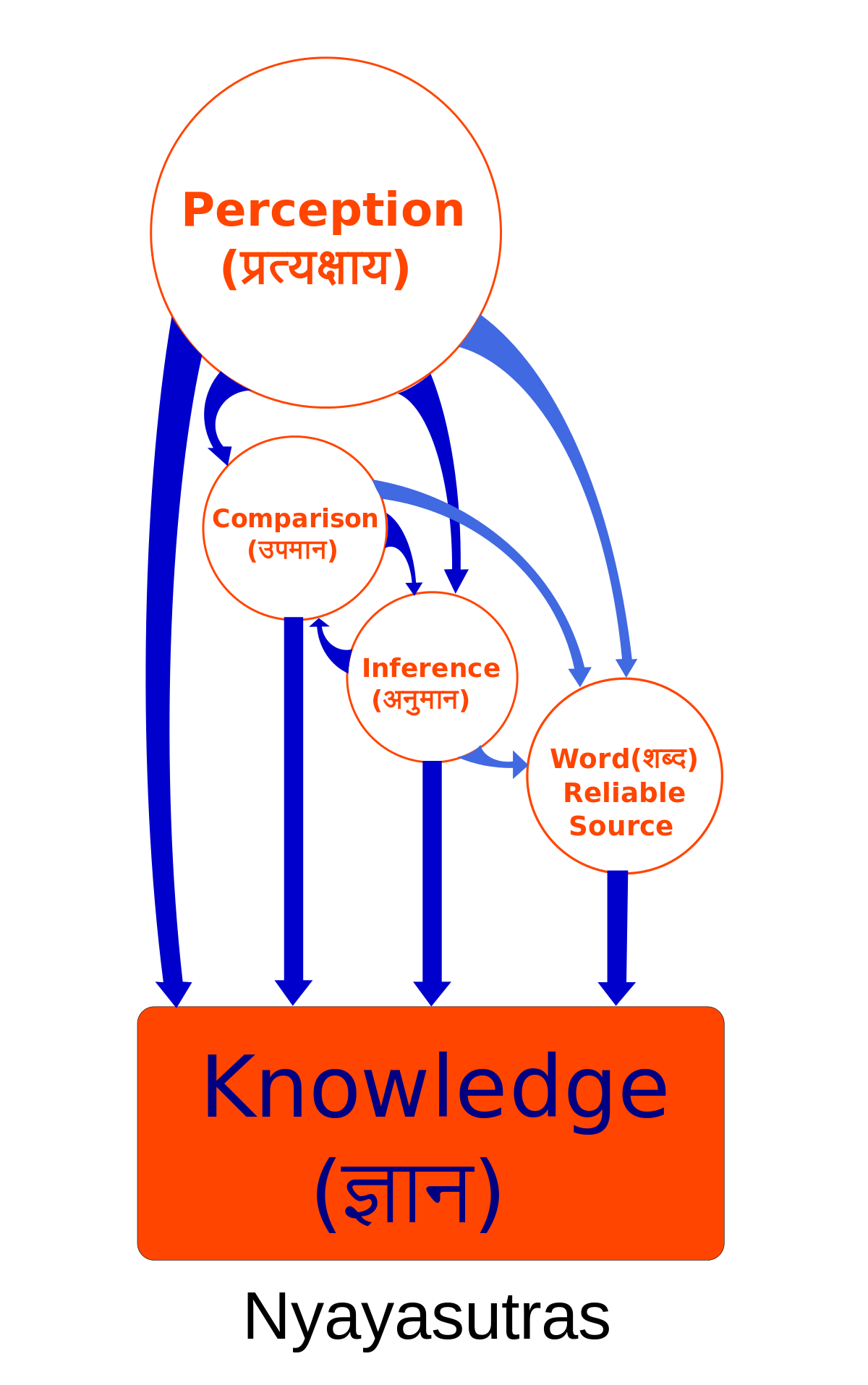
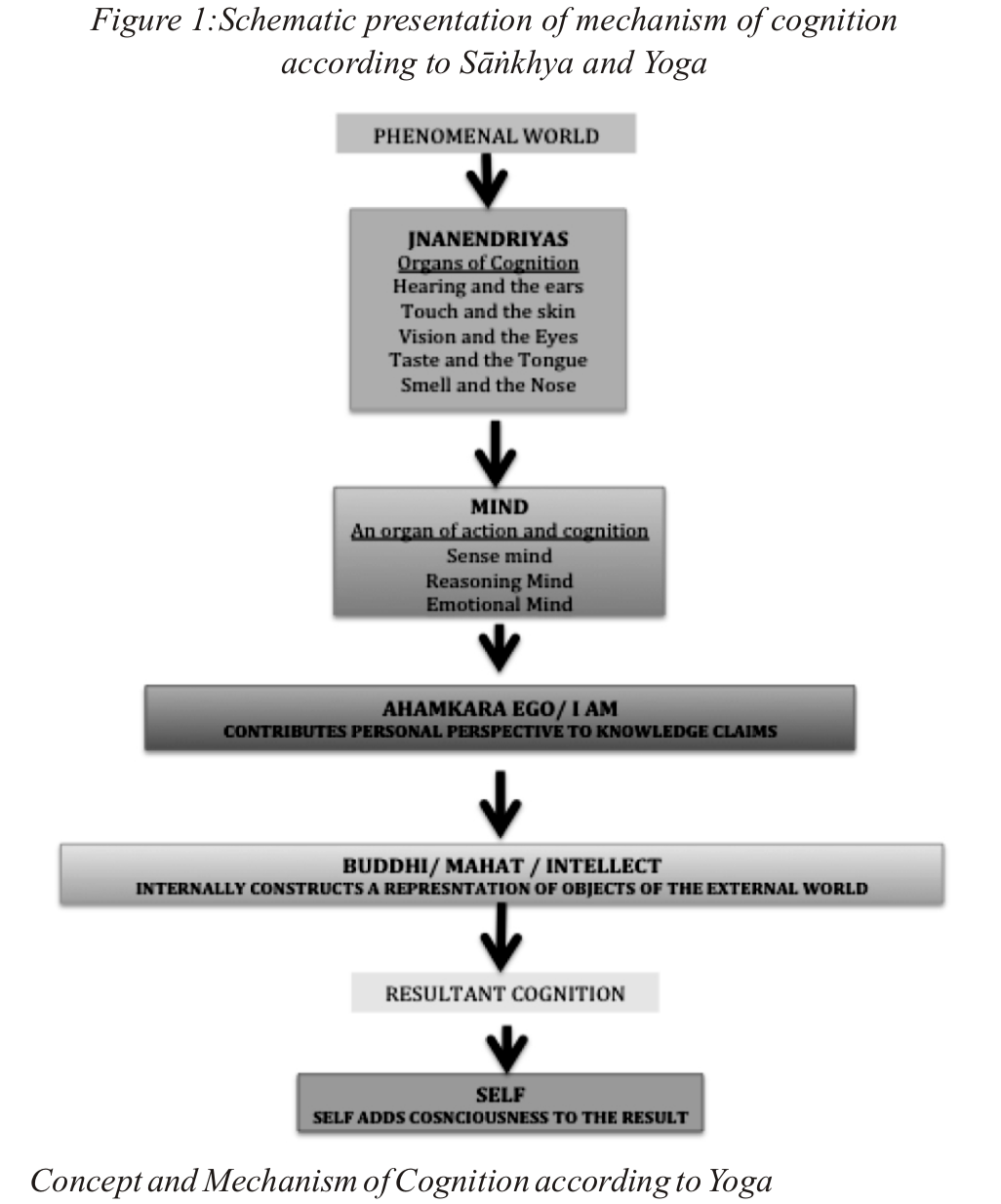
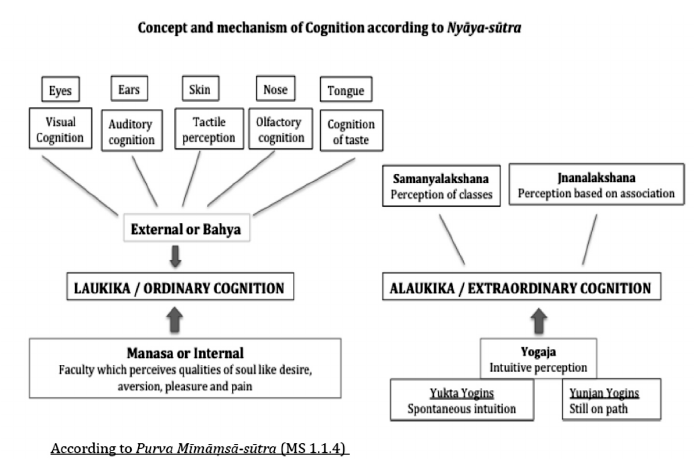
Following Text is by Vikas Dhavaria from his Dhavaria blog:
Nyaya school of thought is adhered to atomistic pluralism and logical realism.
Atomistic Pluralism
Logical Realism
The Nyaya philosophy recognized sixteen categories and the first category is known as “Pramana” which focuses the logical and epistemological character of the Nyaya system.
Pramanas – Four independent pramanas (sources of valid knowledge)
Knowledge may be treated as cognition, apprehension, consciousness, manifestation of objects. Knowledge is of subjective and objective.
Subjective knowledge –
Objective knowledge –
Knowledge may be valid (prama) or invalid (aprama).
Valid knowledge (Prama)
Invalid knowledge (Aprama)
1. Perception
Direct and immediate cognition produced by the interaction between the object and sense-organs.
Four elements are necessary:
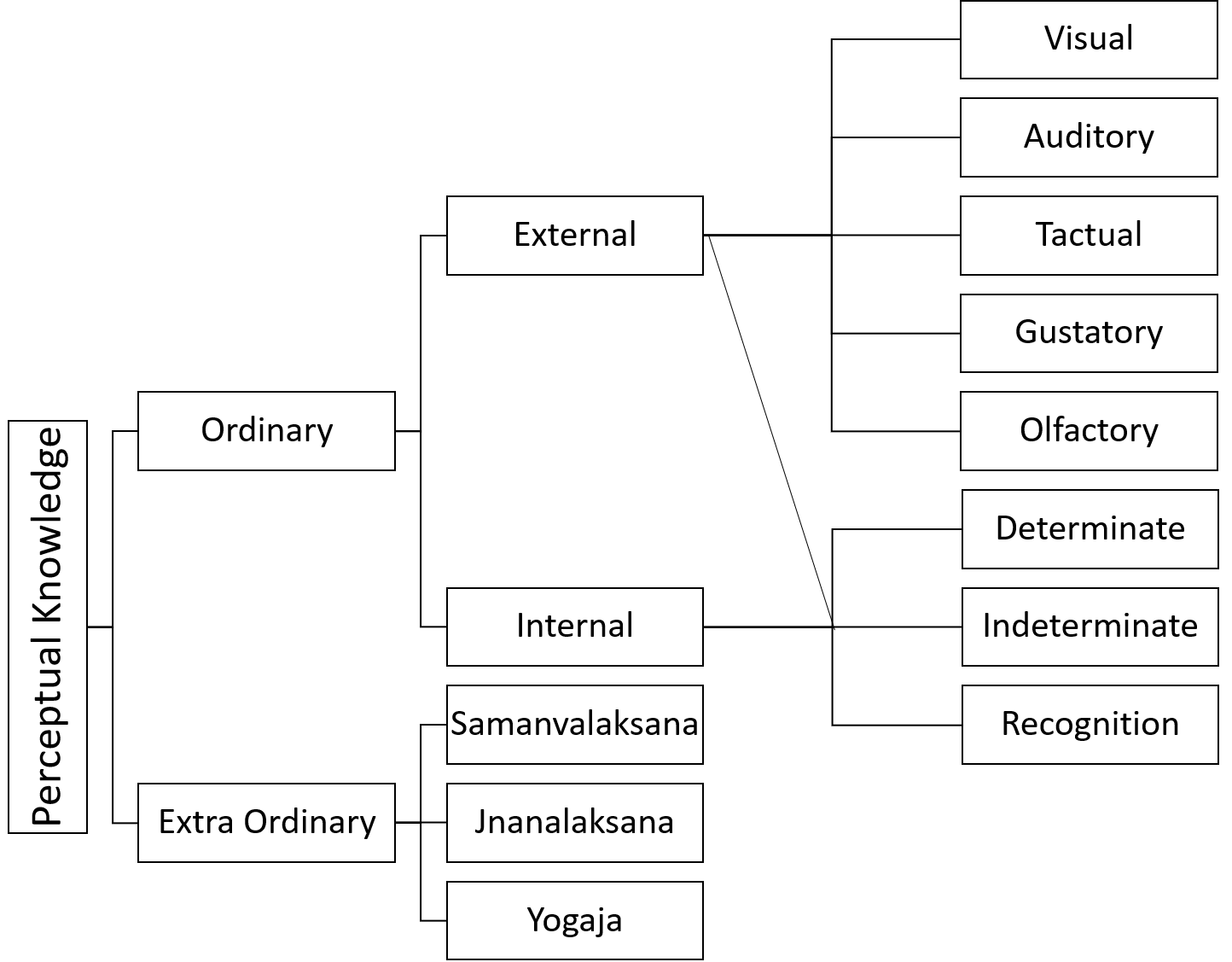
Two types of perception:
Ordinary Perception (two types – external and internal)
Again, perceptions are divided in three sorts-
Extra ordinary perception
It is a perception that provides knowledge even without the senses object contact.
Three types of extra ordinary perception
2. Inference (anumana)
anumana, anu (after) + mana (cognition)
Anumana or inference is such knowledge which follows from other knowledge.
Constituents of inference
An inference is constituted with at least three sentences and these
are again constituted of

Major Premise : All things which have smoke (middle/hetu) have fire (major/sadhya).
Minor Premise : This hill (minor/paksha) has smoke (middle/hetu).
Conclusion : Therefore, this hill has fire.
In an inference, knowledge of and object is derived due to previous knowledge of some sign or mark. The previous knowledge is due to the universal relation between the major term and the middle term is being present in the minor term.
Types of Inference
Inference for others consists of five constituents:
Smoke, the middle term appears three times. Therefore, it is also known as “tritiyanlinga paramarsa”.
3. Upamana (Comparison)
Upa (similarity) + mana (cognition) means… the similarity between the things and objects.
Four steps involved:
4. Verbal Testimony (Sabda)
Sabda is the instructive assertion of a reliable person.
Example: A local fisherman tells about the depth of river.
Kinds of Sabda:
Based on objects of meaning-
Based on the origin of words-
Two important components in this theory:
Effect is produced by a cause but the effect and the cause are not one and the same.
Effect is a new product comes to the existence.
Infinite numbers of self exists in the universe.
Self:
Self (no consciousness) when comes to contact with sense organs = Acquires consciousness. This acquiring produces bondage, hence aspires for liberation or salvation.
Liberation:
God:
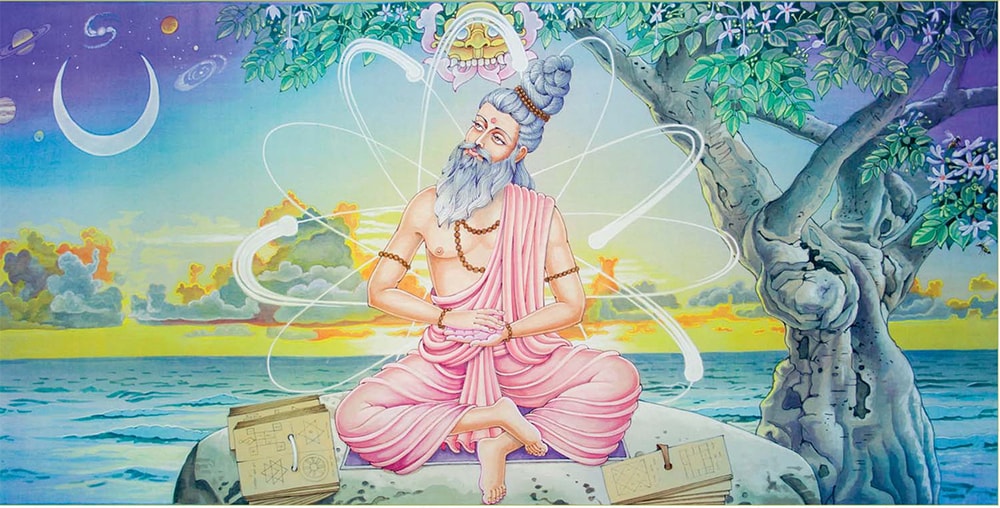
CERN switches from Microsoft to Open Source Software (2019) (news reports).
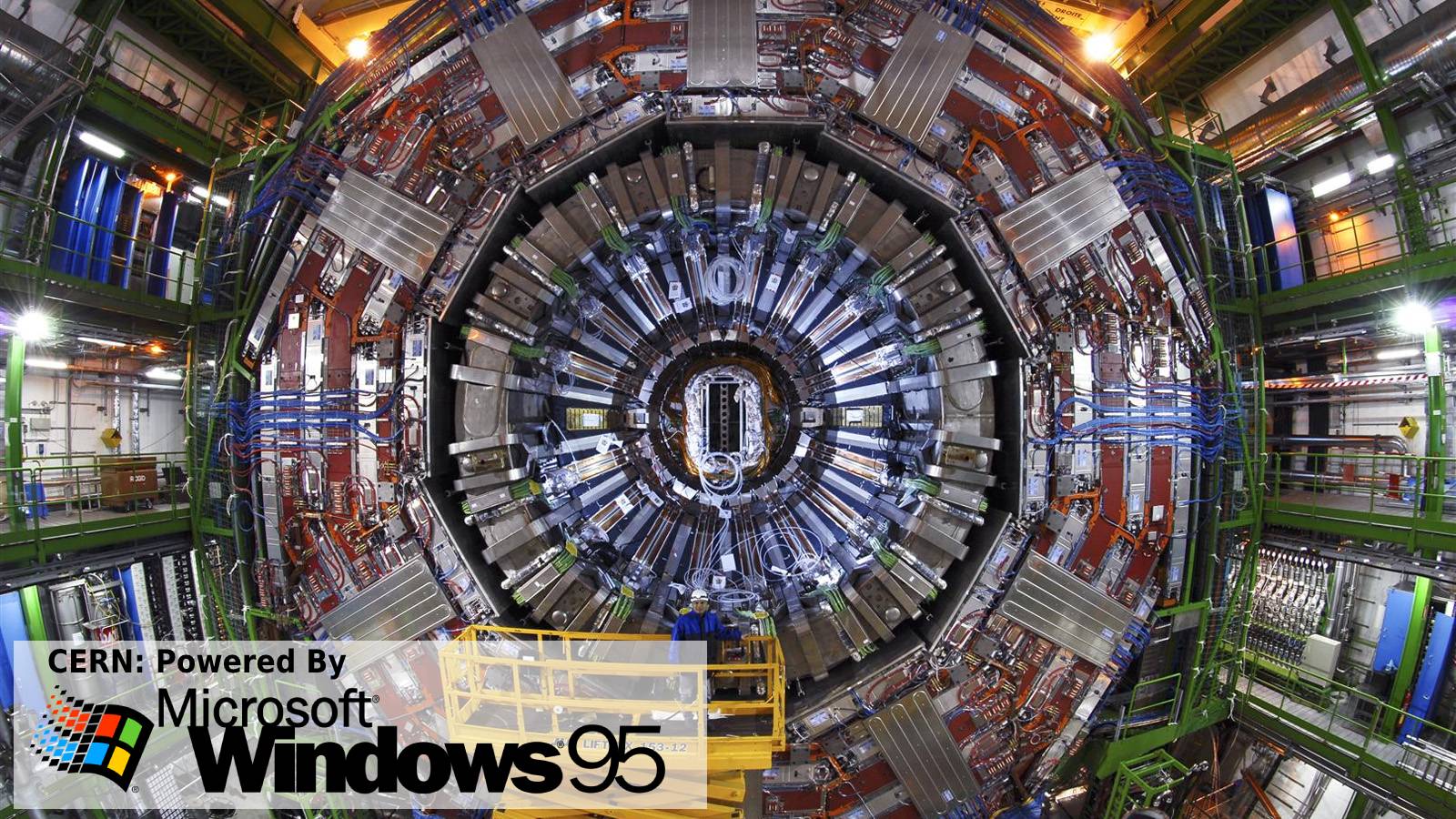
#Comment: That CERN was using Microsoft to conduct their "cutting edge science", is pure brain-dead #Comedy gold. Remember this and smile, the next time they announce "a groundbreaking discovery", release an esoteric advertising video or perform exotic rituals.
